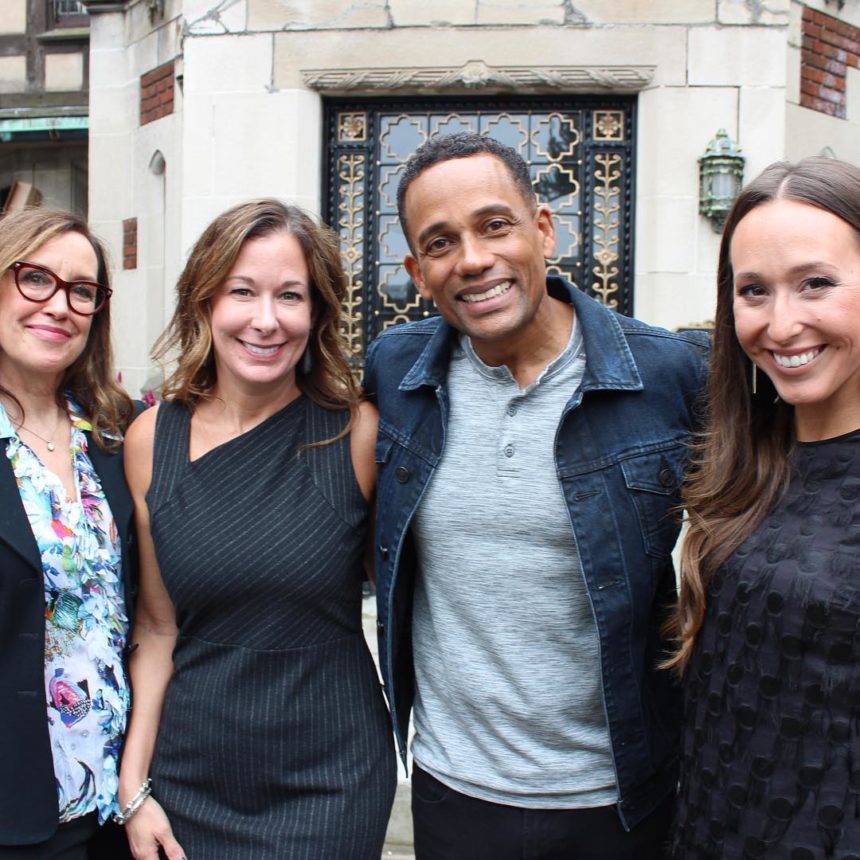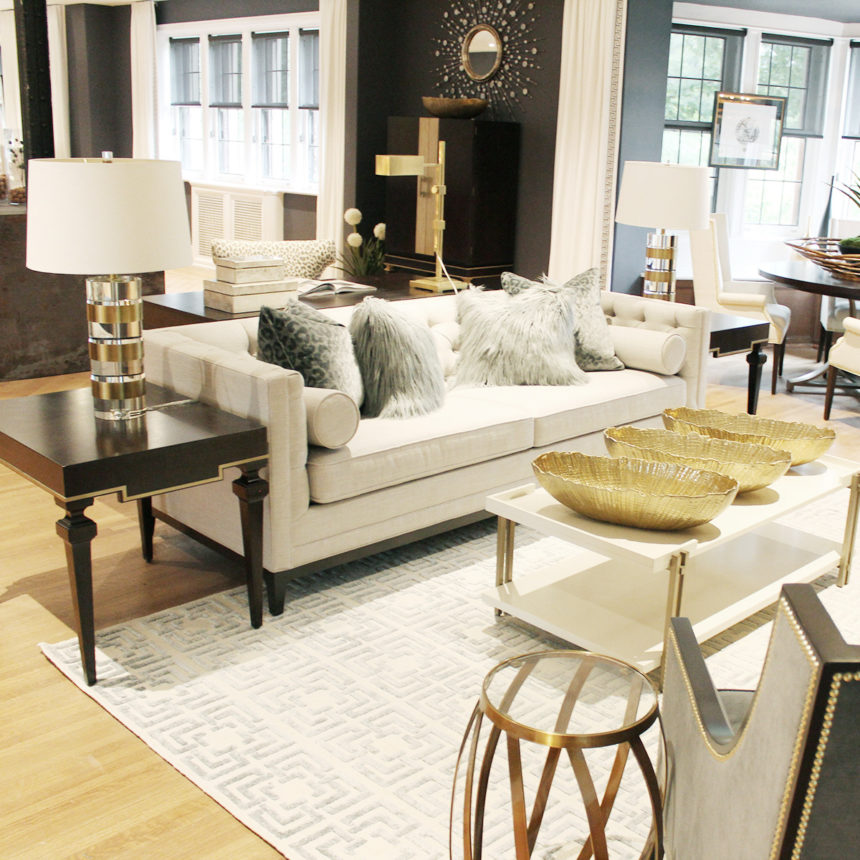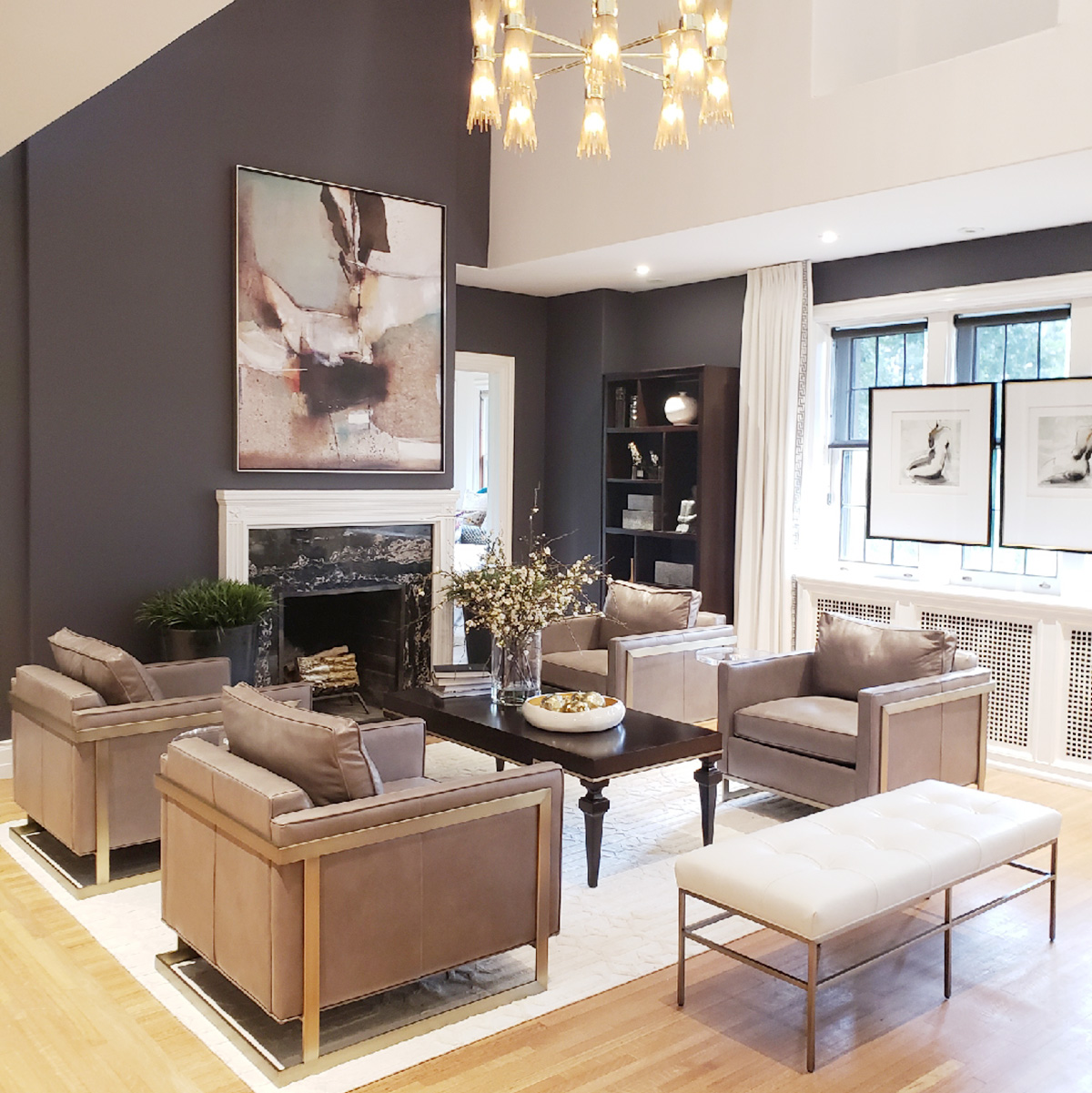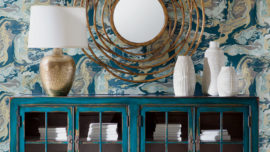Hill Harper, his vision and commitment to social change through art.
In June, The History Channel aired “Detroit: Comeback City,” a documentary that chronicled the rise and fall and rise of a city “on the cusp of an exciting rebirth.” Optimism abounds in Detroit today; private sector investments are up, unemployment is down, and forward-thinking entrepreneurs are rebuilding the city from the inside out. Few could have predicted such vibrant revitalization when the city filed for bankruptcy back in 2013. Detroit’s remarkable recovery is far from complete, and most would agree it will take a village—as well as the confidence of outsiders like Hill Harper.
Harper is an actor (CSI: NY, The Good Doctor, Homeland), author, graduate of Brown University, Barack Obama’s classmate at Harvard Law School, art lover (and incidentally, one of People magazine’s “Sexiest Men Alive”). The Iowa native is a philanthropist, too; he founded the Manifest Your Destiny Foundation, dedicated to empowering underserved young people. And he’s a visionary who in 2017 bought the Fisher Mansion, a run-down landmark building in the heart of Detroit, with the goal of restoring it, living in it, and opening it up to the community. He recently partnered with the Junior League of Detroit to host its 22nd biennial Designers’ Show House, an event that helped jumpstart Harper’s personal urban renewal project.
Ethan Allen designers collaborated on a project in the 18,000-square-foot show house (which ran from September 15 to October 7). They designed the expansive living room suite on the second floor—a space that will eventually serve as Harper’s private residence when he’s in town.
While we were in Detroit for the show house opening, Harper graciously offered to give us a tour and discuss his labor of love.

Photo by: Jeff Garland
Why this house? Why Detroit?
I was introduced to the city when I worked on some film projects here. I was impressed by the creative, entrepreneurial spirit of the people, and I saw so much potential in this beautiful, historic home. I knew it was a place where I could make a difference.
What’s your vision for the building?
It’s been wonderful for me to see the rooms come together in more of a finished way for the show house. It’s so different when you’re looking at a raw space—but I have always thought of this as a long-term project.
I plan to open the house to members of the community, to students, artists, and educators. It will be a house that’s accessible to everyone. We’re bringing its technology up to speed and modernizing the building in every way. I know it will happen over time, but this is going to be a living, breathing place.
Break it down for us.
I believe people should be inspired by art, so that is what drives me. It bothers me that the über-wealthy buy up so much art and then put it storage or places where people can’t see it. I’m bringing my contemporary art collection here and the first floor will be an art gallery. To me, art should be seen, so we’re going to open the doors and keep them open.
The second level will be my family floor. I see this great open space, with rooms off of it. A room for me, my son, my mother when she comes to visit. It will be a private floor, separate from the public spaces. But you will still be able to circumnavigate the entire house.
The third floor is where we’ll host artists in residence. We’ll provide studio space and living quarters—give them everything they need so they can work on their art. I have a couple of artists lined up already; we’re very excited about it. I’ll ask only two things of them: to give back to the foundation something they make (a painting, sculpture, whatever it may be) and teach local kids about their technique to expose them to art.
In addition, all the public spaces will be open for weddings, charity events. Eventually, we’ll even have a nice pool, so kids can come for the art, and go for a swim and have a great time in their own backyard.
How important is the historic aspect?
I believe the whole idea here is a nod to the past; it’s important to take inspiration from that, to capture the essence of the house. But I’m not a literalist in terms of preservation; I’m not trying to be completely historically accurate. We’ll take the best parts of history and celebrate them, amplify them. For example, there is a small chapel that was used by the original homeowner, Sarah Fisher. She was very devout and would often go to the chapel to light candles and pray. We want to restore the space and open it up to visitors, make it something special. We want to honor what was important to her. Connecting to the heart is just another way of connecting to art.
You keep coming back to art; why is that?
To me, art is a creative endeavor, whether it’s acting, interior design, singing, painting, sculpture. Art is powerful; it affects attitude. I want a more positive, more just world, and believe that art is a conduit to that. That’s the direct pathway to positive social change. If you infuse a mindset with art, with creativity, it opens you up to all kinds of possibilities.



See what inspires other creative people. Subscribe to The Art of Making Home and check us out on Instagram @ethanallen.




